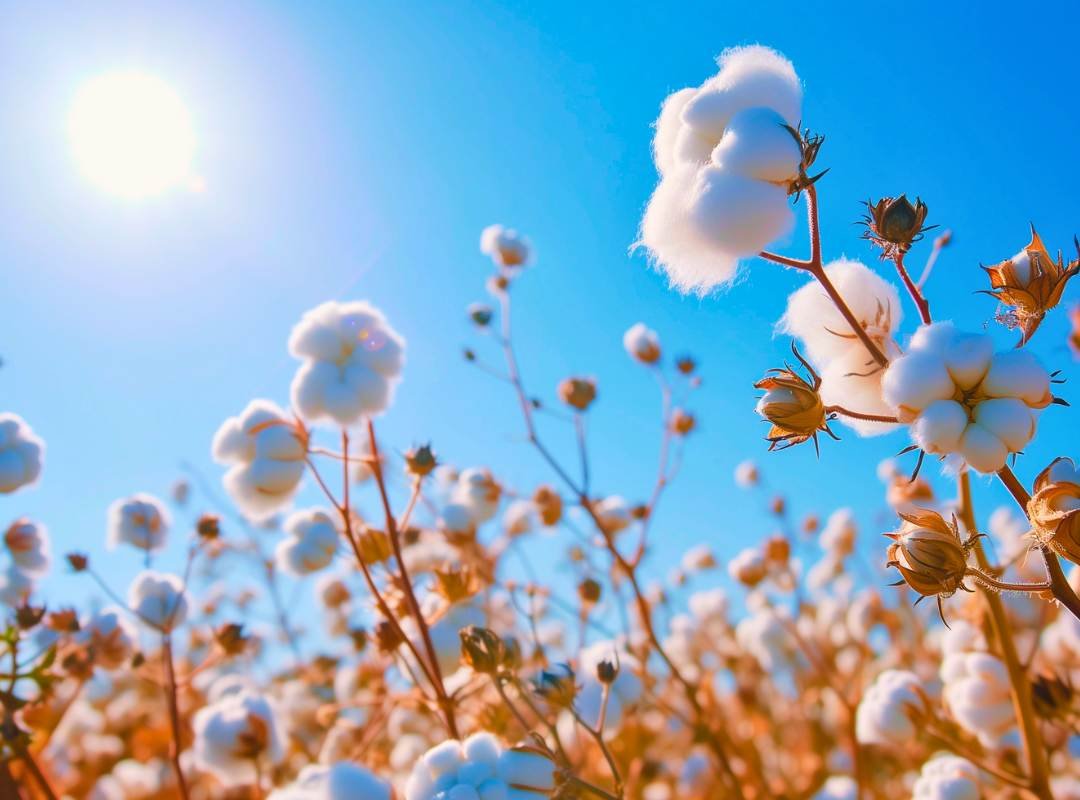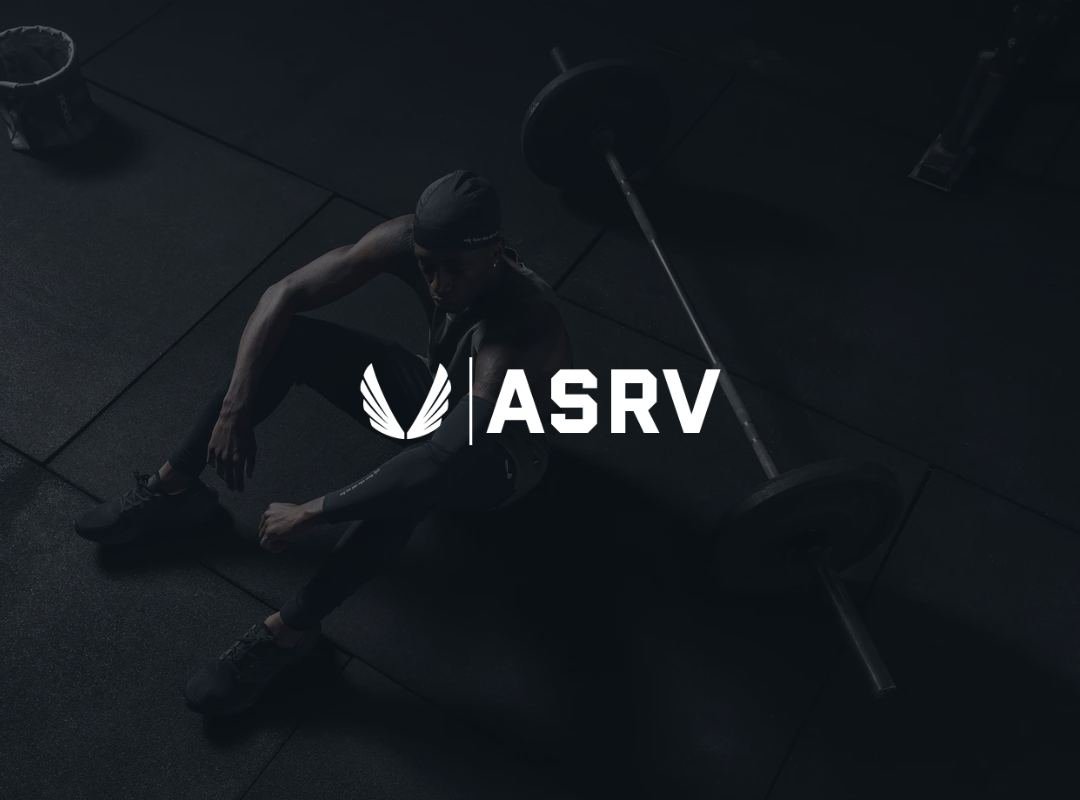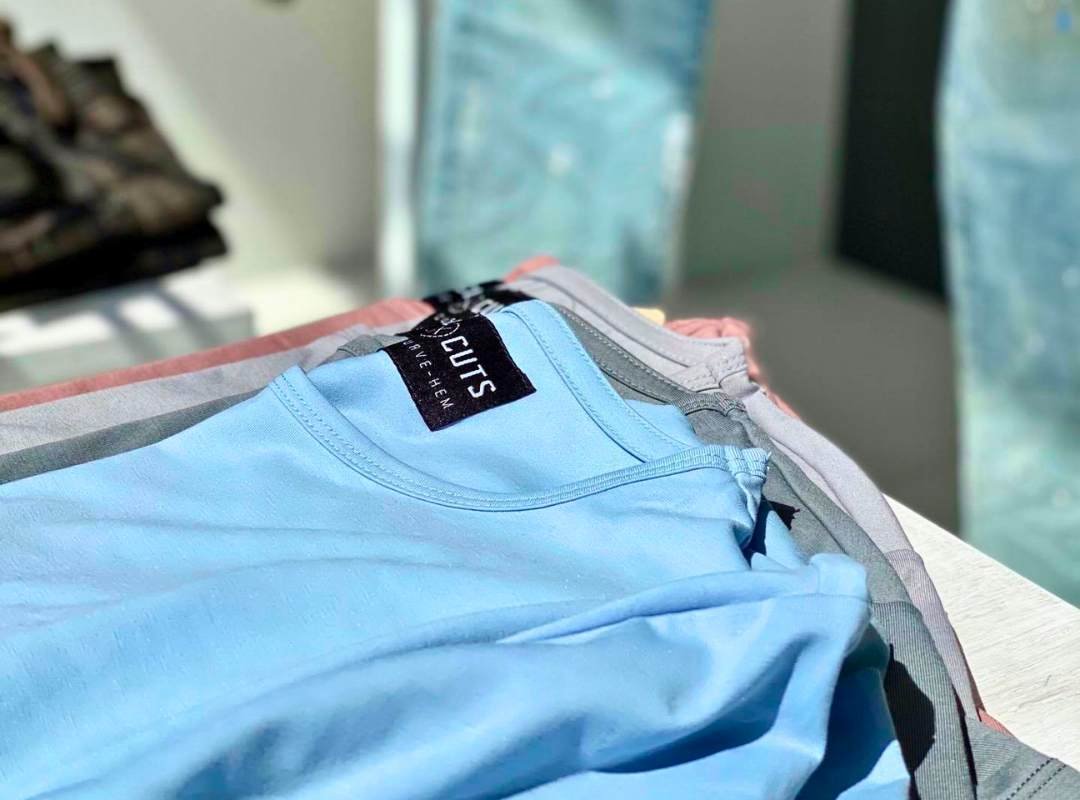Athleisure wear has recently seen a major rise in popularity among consumers. What used to be reserved for the gym or casual weekend wear has now become a mainstay in the modern professional male wardrobe.
This intersection of fitness functionality with fashionable styling is changing fashion culture.
With this growth, more and more brands are investing in technical fabric innovations to meet demand. The success of athleisure lies in its versatility – gear that transitions seamlessly from a work meeting to a gym sesh. An otherwise basic tee or jacket becomes a high-performance piece with the integration of advanced material.
The good news is that many athleisure brands leverage proprietary fabric technologies for moisture management, such as Nike’s Dri-FIT or Lululemon’s Silverescent.
Understanding these fabrics and their capabilities allows men to make informed decisions about their athleisure collection. Knowledge of technical specs creates awareness of genuine quality in a sea of marketing hype. Insight into ideal fabric pairings prevents a closet of redundancy. Most importantly, fabric literacy leads to long-term savings, as pieces prove durable over years of varied use.
This video from The FittDesign breaks down athleisure fabric like no other. While it’s more geared toward clothing manufacturers, it still provides valuable knowledge for buyers.
The Rise of Athleisure Fabrics
The athleisure revolution emerged from the evolution in sportswear fabric technologies, making activewear more suitable for everyday wear.
Early synthetic fabrics improved on natural fibers like cotton by wicking moisture from the skin. However, these early polyester blends lacked the soft hand feel and breathability necessary for all-day comfort.
Advances in textile construction have since transformed these same synthetic blends into versatile, high-performance fabrics. The integration of premium fibers, synthetic blends, and innovative weaves impart stretch, shape retention, breathability, and quick-drying properties.
Table: Breakdown of Athleisure Fabric Technology
| Category | Description | Features | Benefits |
|---|---|---|---|
| Fabric Types | Woven fabrics are lighter, less stretchy. Knitted fabrics are heavier, stretchable. | Woven: crisscross yarns. Knitted: traditional knit. | Woven: water-resistant. Knitted: more stretch. |
| Fiber Content | Importance of natural (cotton), synthetic (polyester), and semi-synthetic (viscose). | Cotton-spandex blend example. | Combines comfort with elasticity. |
| Fabric Weight | Measured in GSM. Weight does not equate to thickness. | GSM indicates weight per unit area. | Helps in selecting fabric for specific uses. |
| Width and Production | Understanding fabric roll width is crucial for material ordering. | Sold in linear meters/yards. | Ensures accurate material quantities for production. |
| Finishes | Physical (feel), mechanical (functionality), chemical (properties). | Varies from tactile changes to functional additives. | Enhances fabric performance and feel. |
| Dyeing Methods | Piece-dyed (post-weave/knit) vs. yarn-dyed (pre-weave/knit). | Piece-dyed offers flexibility. Yarn-dyed ensures rich colors. | Yarn-dyed fabrics are more expensive but vibrant. |
Strategic fabric finishes also enhance performance. Lightweight DWR treatments add weather protection without compromising breathability. Antimicrobial ionic silver provides odor defense. These material innovations bridge the gap between activewear and casual fashion to create the modern athleisure genre.
Responsive Textiles
The most cutting-edge athleisure lines showcase responsive textiles that adapt to changing conditions. These smart fabrics feature embedded technologies, providing targeted functionality like insulation, moisture control, and enhancing muscle recovery.
A standout is Hologenix’s responsive Celliant mineral fiber technology woven into fabric. Celliant absorbs and re-emits infrared energy from the body as wavelengths increase local circulation and cellular oxygenation. This improves energy, recovery, and sleep quality – ideal for high-performance athleisure.
Many athleisure brands leverage these responsive textiles alongside more foundational performance fabrics. This layered functionality creates versatile pieces ready for the demands of today’s active lifestyles. Understanding these innovations allows for curating athleisure gear that responds as conditions and needs change.
Durable Outer Layers
While base layers handle sweat and odor control, outer layers provide weather protection, breathability, and durability. Hard-wearing fabrics that retain mobility and packability are essential for athleisure jackets and pants.
Nylon stands out for its strength, elasticity, and resilience against abrasions. Ripstop or double weave construction adds further tear resistance while minimizing weight. The strategic use of durable water-repellant (DWR) treatments creates weather resistance without compromising breathability.
The most technical garments incorporate membrane technology to provide proven waterproofing and breathability ratings.
Brands like Gore-Tex and Polartec Neoshell rate their garments on their combined MVTR (moisture vapor transmission rate). This measurement considers both the fabric’s waterproof rating and its breathability performance.
Understanding the capabilities of various outer layers allows for informed decisions when curating layers. Pairing the right fabrics creates versatile outfits ready for everything from trail runs to urban commutes.
Key Features of Performance Fabrics in Athleisure
The versatility demanded by modern athleisure relies on thoughtful fabric construction. Premium technical textiles artfully balance attributes like durability, mobility, moisture management, and breathability.
This blend of fabrication considerations enables garments to transition seamlessly across active and casual contexts.
Creating durable pieces that retain lightweight mobility and packability means selecting abrasion-resistant fibers and fabrics. Strategically blending elastane and engineered polyester or nylon weaves imparts stretch and shape retention alongside strength.
Meanwhile, fabric treatments like DWR finish waterproof pieces without compromising breathable comfort.
Wicking and breathability ensure these durable fabrics stay comfortable during physical activity. Many performance fabrics leverage capillary action and synthetic moisture-wicking techs to pull sweat from the skin toward the outer face for rapid evaporation. Mesh paneling and targeted ventilation further amplify airflow and cooling power.
Stretchability and Comfort
Creating athleisure apparel that transitions gracefully across professional and active settings relies heavily on fabric stretch and mobility. Integrating elastic fibers and construction techniques imparts the give and flow necessary for unimpeded movement.
Many staples leverage spandex, an anagram of expands, interwoven with supportive yet lightweight base fabrics. Optimized fabric finishes enhance elasticity for maximum stretch and shape retention to match the natural movement. Strategically placed gussets and mesh panels provide further targeted flexibility, ventilation, and cooling power.
Brands also leverage proprietary blends and fabrication methods for exceptional stretch performance. Nike’s Dri-FIT 360 technology interweaves spandex through the entire garment, eliminating side seams for complete freedom of movement. Rhone’s GoldFusion blends durable nylon with Roica elastic fiber, providing true four-way stretch.
Understanding stretch capabilities allows for selecting bottoms and tops ready for squats, sprints, and everything in between. When blended with resilient baselayers and weatherproof outer shells, the result is athleisure gear built for active endeavors and all-day urban exploration.
Consumer Demand and Market Trends
The activewear market continues to experience exponential growth thanks to its versatility and wearability. Consumers increasingly demand gear delivering comfort, quality construction, and eco-conscious fabrics.
Surveys reveal that over two-thirds of consumers point to comfort as the most critical factor when selecting athleisure apparel. This relies on fabric innovation – integrating premium moisture-wicking and stretch fabrics that move naturally with the body.
Consumers also prioritize quality and long-lasting craftsmanship worth investing in. They expect meticulous stitching, resilient fabrics, and construction that retains integrity over repeated wear and activity. Recycled polyester, nylon, and durable water-repellant (DWR) finishes create sustainability without compromising performance.
As the market matures, brands responding to consumer preferences for technical eco-fabrics stand to win big. Those failing to innovate their material mixes risk losing relevancy in an increasingly competitive space.
Table: Key Consumer Priorities Driving Athleisure Fabrics
| Priority | % Consumers | How Fabrics Address | Example Brands |
|---|---|---|---|
| Comfort | 68% | Stretch fabrics enhance fit. Lightweight builds breathability. | Lululemon, Vuori |
| Quality/Durability | 62% | Ripstop prevents tears. DWR treatments add weather protection. | Fjallraven, The North Face |
| Sustainability | 71% | Recycled nylon and polyester reduce waste. Bluesign approves production facilities. | Girlfriend Collective, Taylor Stitch |
The Role of Eco-Friendly Materials
Over 75% of consumers today confirm sustainable production practices influence purchase decisions. This demand has led brands to prioritize recycled fabrics, responsible manufacturing, and transparency around supply chains.
Many leading athleisure wear companies now leverage high-quality recycled polyester from post-consumer plastic like water bottles. Blends marry recycled fabrics with spandex and responsive tech to create high-performance, eco-conscious apparel. The strategic use of bluesign®-approved textiles and OEKO-TEX® certified dyes provides further assurances about production ethics.
Wrap Up
Advancements in athletic textiles continue marching athleisure wear into new territories. Modern moisture-managing, stretchable, and resilient fabrics create versatile garments that transition effortlessly between boardrooms, happy hours, and high-intensity training.
Ongoing innovations in responsive finishes and sustainable techs will further bridge fitness functionality with lifestyle wearability. As science unlocks new possibilities, the line separating activewear from daily fashion choices will continue blurring.
Ongoing research and development in fabrics will propel the athleisure industry forward. As consumers seek sustainable, high-performance gear, expect to see an increase in the use of recycled fabrics and eco-conscious production methods. Additionally, scientists are looking into incorporating encapsulated phase change materials to regulate garments’ thermal properties.
Additional focus on augmenting human performance is also on the horizon. Embedding mineral compounds like Celliant is just the start. Soon, garments may actively contribute to goals like injury prevention, fatigue reduction, and recovery acceleration via intelligent textiles and garment design. Brands proactively incorporating these human-centric material innovations into stylish lifestyle apparel will lead this next wave.
Ultimately, the athleisure trend sits at the intersection of sports science and casual fashion. Advancements in technical fabrics empower this fusion-unlocking gear that adeptly balances form and highly-tuned function. Savvy business pros who understand these material innovations are best positioned to curate versatile athleisure wardrobes ready to conquer daily demands and professional peak performance.













